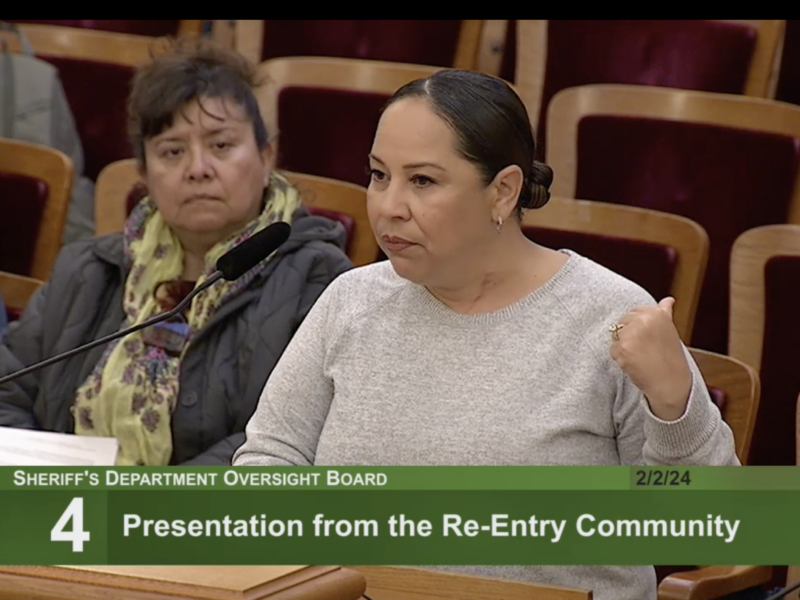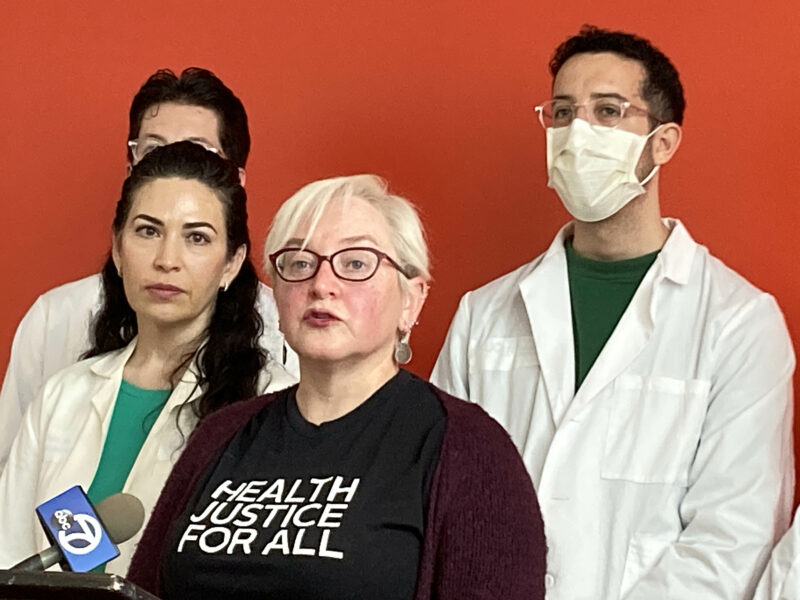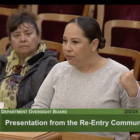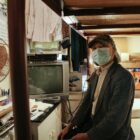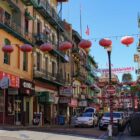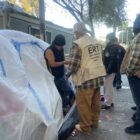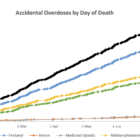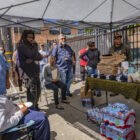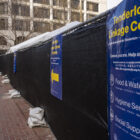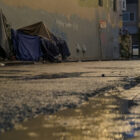In an effort to help fill budget gaps and bolster some essential city services, one San Francisco lawmaker is proposing pay cuts at the highest levels of government.
City Hall has faced increasing budget shortfalls since the COVID-19 pandemic, which hobbled the downtown office real estate market, disrupting a major source of tax revenue. Mayor London Breed’s latest proposal to close the budget deficit, projected at $790 million over the next two fiscal years, has met objection from some officials and local social service providers.



